Home>Garden Essentials>What Greenery Goes Well With Baby’s Breath
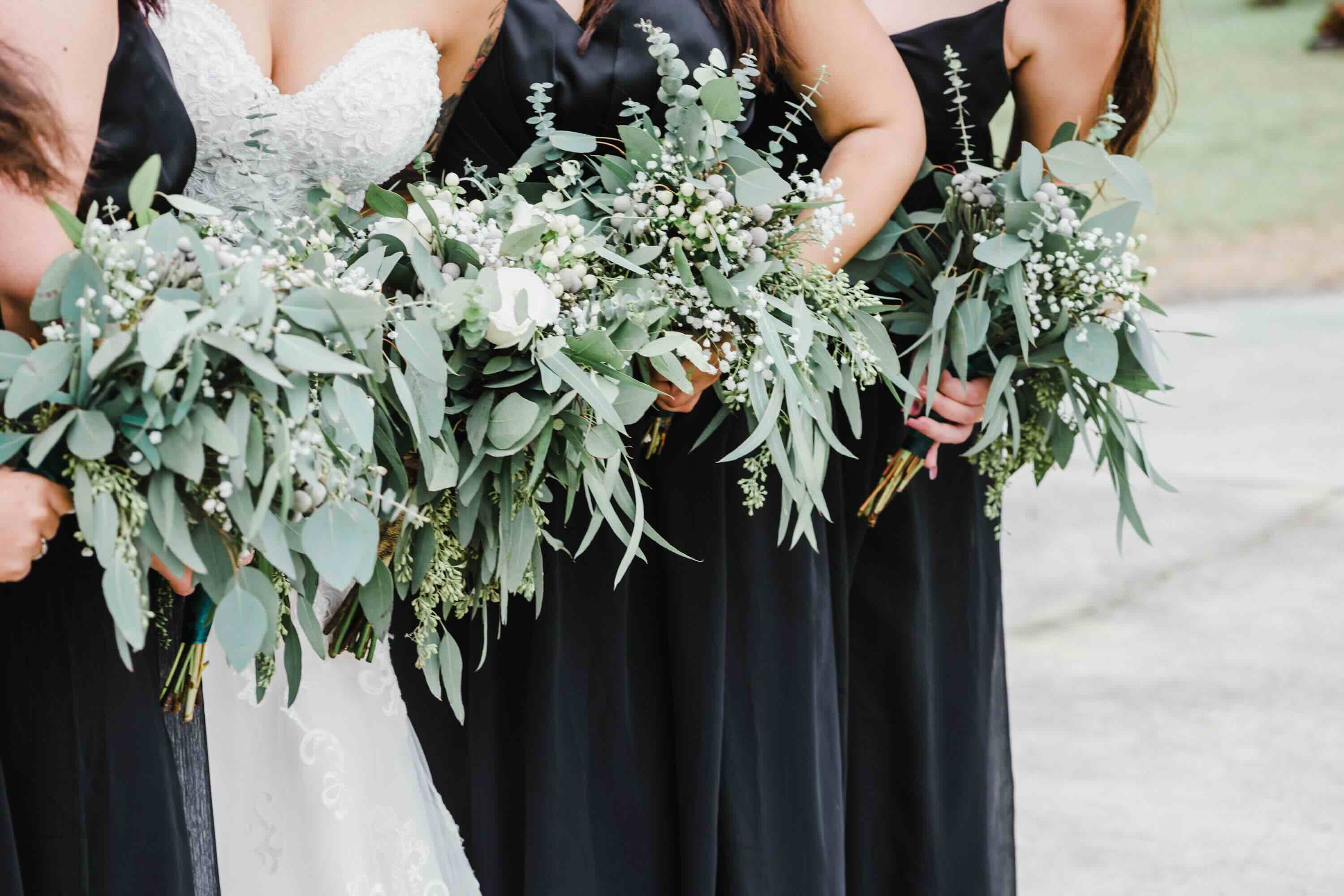

Garden Essentials
What Greenery Goes Well With Baby’s Breath
Modified: March 7, 2024
Enhance your garden's natural beauty with the perfect greenery to complement baby's breath. Discover the best garden plants to create a stunning floral arrangement.
(Many of the links in this article redirect to a specific reviewed product. Your purchase of these products through affiliate links helps to generate commission for Storables.com, at no extra cost. Learn more)
Introduction
When it comes to creating stunning floral arrangements, the choice of greenery plays a vital role in enhancing the beauty and appeal of the bouquet. Greenery acts as a backdrop, providing texture, dimension, and a fresh, natural feel to the overall composition. Among the many options available, one versatile and popular choice is baby’s breath.
Baby’s breath, scientifically known as Gypsophila, is a delicate and airy flower that is often used as a filler in floral arrangements. Its dainty white blooms and slender stems make it a charming addition to bouquets, corsages, and centerpieces. While baby’s breath can make a striking statement on its own, pairing it with the right greenery can elevate its visual impact to new heights.
In this article, we will explore the importance of greenery in floral arrangements, discuss the characteristics of baby’s breath, highlight the factors to consider when choosing greenery to complement baby’s breath, suggest various greenery options that pair well with baby’s breath, and provide tips for creating stunning floral arrangements using this combination.
Whether you’re a flower enthusiast, a professional florist, or simply someone who appreciates the beauty of nature, this article will serve as a guide to help you make informed choices when it comes to selecting the perfect greenery to enhance your baby’s breath arrangements.
Key Takeaways:
- Choose greenery that complements baby’s breath, like ferns and eucalyptus, to enhance its delicate beauty and create visually captivating floral arrangements.
- Experiment with different greenery options and follow care tips to create stunning baby’s breath arrangements that bring joy and beauty to any space.
Importance of Greenery in Floral Arrangements
When it comes to floral arrangements, greenery serves as the backbone, providing structure, balance, and visual interest. Greenery acts as a frame for the flowers, creating a harmonious composition and enhancing the overall aesthetic appeal.
One of the key roles of greenery in floral arrangements is to provide contrast to the colorful blooms. It serves as a neutral backdrop, allowing the flowers to stand out and shine. The different shapes, textures, and shades of green foliage add depth and dimension to the arrangement, creating a visually pleasing contrast that captures the eye.
Greenery also helps to fill empty spaces and create a sense of fullness in the arrangement. It adds volume and bulk, giving the bouquet a lush and abundant look. Without greenery, floral arrangements can appear sparse and incomplete.
Furthermore, greenery contributes to the overall theme and mood of the arrangement. Different types of greenery can evoke different emotions and create different atmospheres. For example, lush ferns and tropical leaves can add a touch of exoticism and create a jungle-like feel, while delicate ferns or ivy can provide a romantic and ethereal touch.
In addition to its visual appeal, greenery also plays a practical role in floral arrangements. It helps to extend the lifespan of the flowers by providing hydration and support. Green foliage has the ability to retain moisture and keep the flowers fresh for a longer period of time. It also acts as a natural cushion, preventing the delicate blooms from getting damaged or crushed.
Overall, the inclusion of greenery in floral arrangements is essential for creating well-balanced, visually appealing compositions. It adds depth, contrast, fullness, and a touch of natural beauty. By carefully selecting and pairing greenery with the flowers, you can create stunning arrangements that will captivate the senses and bring joy to those who behold them.
Characteristics of Baby’s Breath
Baby’s breath, scientifically known as Gypsophila, is a delicate and ethereal flower that is cherished for its subtle beauty and versatility in floral arrangements. Here are some key characteristics that make baby’s breath a popular choice:
- Appearance: Baby’s breath features small, delicate, and cloud-like clusters of tiny white flowers that are arranged on wiry stems. The flowers consist of multiple tiny petals that create a feathery, airy appearance. This delicate and dreamy quality adds a touch of innocence and elegance to any arrangement.
- Longevity: Baby’s breath is known for its long vase life. It can remain fresh and beautiful for up to two weeks if properly cared for. This makes it an excellent choice for those who want their floral arrangements to last longer and bring joy for an extended period of time.
- Availability: Baby’s breath is widely available and can be found throughout the year. It is a staple in many floral shops, nurseries, and even grocery stores. Its accessibility makes it an excellent choice for various occasions, from weddings and birthdays to everyday floral arrangements.
- Symbolism: Baby’s breath holds symbolic meaning in various cultures. It is often associated with purity, innocence, and everlasting love. In many traditions, baby’s breath is incorporated into bridal bouquets and wedding decorations to symbolize pure love, faithfulness, and the enduring nature of marriage.
- Versatility: One of the standout qualities of baby’s breath is its versatility. It is a fantastic flower that can be used on its own as a simple statement or combined with other blooms to create stunning arrangements. Baby’s breath is often used as a filler flower, adding volume and texture to bouquets, centerpieces, and corsages. It also pairs exceptionally well with various types of greenery, enhancing the overall aesthetic appeal of the arrangement.
- Color Variations: While most commonly associated with white, baby’s breath also comes in other hues, such as pink and yellow. These colored varieties add a touch of vibrancy and can be used to create more dynamic and visually appealing arrangements.
With its delicate blooms, long vase life, and versatility, baby’s breath is a go-to choice for florists and flower enthusiasts alike. Whether used as a standalone flower or combined with other flowers and greenery, baby’s breath adds a touch of elegance, charm, and romance to any floral arrangement.
Factors to Consider when Choosing Greenery
Choosing the right greenery to complement your floral arrangements is crucial for creating a harmonious and visually appealing composition. Here are some factors to consider when selecting greenery:
- Theme and Style: Consider the theme and style of your arrangement. Are you aiming for a romantic, rustic, tropical, or modern look? Different types of greenery evoke different vibes and can help set the desired mood. For example, ferns and eucalyptus can enhance a natural and organic theme, while palm leaves can add a tropical touch.
- Texture and Shape: Greenery comes in various textures and shapes, ranging from delicate and wispy to bold and architectural. Take into account the texture and shape of the flowers in your arrangement and look for greenery that complements and enhances their characteristics. For example, pairing soft, rounded flowers with feathery ferns can create a pleasing contrast.
- Height and Length: Consider the height and length of the greenery in relation to the focal flowers. Tall and cascading greenery, such as ivy or willow branches, can add drama and movement to an arrangement, while shorter and more compact greenery, like boxwood or pittosporum, can provide structure and balance.
- Color and Tone: Greenery comes in various shades, from deep emerald to pale lime. Consider the color of the flowers in your arrangement and select greenery that complements and enhances their hues. Contrasting or complementary colors can create visual interest and make the flowers pop.
- Vase Size and Shape: Consider the size and shape of your vase or container. Make sure the greenery you choose fits well and doesn’t overpower or overcrowd the arrangement. You want the greenery to enhance the overall display without overwhelming the focal flowers.
- Season and Availability: Take into account the season and availability of different types of greenery. Some greenery may be more readily available during certain times of the year. Consider utilizing local and seasonal greenery to create a sense of freshness and connection to the environment.
- Durability and Lifespan: Consider the durability and lifespan of the greenery. Make sure the greenery you choose can withstand the conditions in which the arrangement will be placed. Some greenery may wilt quickly or shed leaves, which can detract from the overall appearance.
By considering these factors, you can select the right greenery that complements your flowers, enhances the theme and style of your arrangement, and creates a visually pleasing and cohesive composition. Remember to experiment, have fun, and trust your creative instincts when choosing greenery for your floral designs.
Eucalyptus, ferns, and ivy are great greenery options to pair with baby’s breath. They add texture and depth to floral arrangements and bouquets.
Greenery Options that Complement Baby’s Breath
When choosing greenery to complement baby’s breath in floral arrangements, it’s important to consider options that enhance the delicate and ethereal nature of the flower. Here are some greenery options that pair well with baby’s breath:
- Ferns: Ferns are a classic choice that adds a touch of lushness and elegance to baby’s breath arrangements. Their delicate fronds and feathery texture complement the airy nature of baby’s breath. Opt for varieties like sword fern or maidenhair fern for their graceful appearance.
- Eucalyptus: Eucalyptus leaves are known for their beautiful blue-green color and pleasant fragrance. The soft, silvery-green foliage pairs exceptionally well with the white blooms of baby’s breath, creating a stunning contrast. Consider using seeded eucalyptus or silver dollar eucalyptus for their textured leaves.
- Ivy: Ivy’s trailing vines and heart-shaped leaves add a romantic and nostalgic touch to baby’s breath arrangements. The cascading effect of ivy complements the delicate blooms of baby’s breath, adding an element of movement and depth. English ivy or Algerian ivy are popular choices.
- Dusty Miller: The soft and velvety foliage of Dusty Miller offers a unique texture that pairs beautifully with the delicate appearance of baby’s breath. The silvery-gray color of Dusty Miller leaves adds a touch of elegance and creates a gorgeous contrast against the white flowers. This combination works well in both rustic and modern arrangements.
- Boxwood: Boxwood is a versatile and evergreen option that provides structure and a refined look to baby’s breath arrangements. Its small, dense leaves and compact growth create a neat and clean aesthetic. Boxwood works well in both formal and informal arrangements, adding a touch of sophistication.
- Lavender: Lavender is not only known for its beautiful purple flowers but also its fragrant foliage. The slender, aromatic leaves of lavender add a sensory element to baby’s breath arrangements, creating a delightful combination of scents and textures. It’s the perfect choice for creating romantic and rustic floral designs.
- Seeded branches: Seeded branches, such as dried pods or berries, can add visual interest and a unique textural element to baby’s breath arrangements. The natural elements of the branches contrast beautifully with the delicate white flowers, creating a visually stunning and captivating display.
When combining baby’s breath with greenery, it’s important to consider the balance between the delicate blooms and the textures and shapes of the chosen greenery. Experiment with different combinations to find the perfect balance that enhances the beauty of baby’s breath while adding interest and depth to your floral arrangements.
Pairing Greenery with Baby’s Breath: Ideas and Examples
Pairing the right greenery with baby’s breath can elevate the visual impact of your floral arrangements. Here are some ideas and examples to inspire you:
- Rustic Charm: For a rustic and natural look, pair baby’s breath with ferns, such as sword fern or leatherleaf fern. The feathery texture of ferns adds a touch of wildness and complements the delicate blooms of baby’s breath. Arrange them in a wooden crate or a mason jar for a charming countryside appeal.
- Elegant Eucalyptus: Combine baby’s breath with seeded eucalyptus or silver dollar eucalyptus for an elegant and sophisticated arrangement. The silvery-green leaves of eucalyptus create a beautiful contrast against the white flowers. Use this combination in bouquets or centerpieces for weddings and formal events.
- Whimsical Ivy: Create a whimsical and romantic arrangement by pairing baby’s breath with trailing ivy. Cascade the ivy vines around the baby’s breath, allowing it to spill over the edges of the bouquet or a hanging arrangement. This combination is perfect for garden-themed weddings or outdoor events.
- Monochromatic Beauty: Create a monochromatic color scheme by pairing baby’s breath with Dusty Miller leaves. The soft, silvery-gray foliage of Dusty Miller adds a subtle elegance and enhances the white blooms of baby’s breath. This combination works well in vintage-inspired bouquets and centerpieces.
- Structured Sophistication: For a structured and polished look, pair baby’s breath with boxwood. The dense, compact leaves of boxwood provide a clean and refined backdrop for the delicate flowers. Use this combination in contemporary arrangements or for formal occasions.
- French Countryside: Create a dreamy, French-inspired arrangement by pairing baby’s breath with lavender. The slender leaves and purple flowers of lavender add a touch of romance and fragrance to the delicate blooms of baby’s breath. This combination is perfect for summertime bouquets and garden parties.
- Nature’s Texture: Add texture and visual interest to baby’s breath arrangements by incorporating seeded branches, such as dried pods or berries. The natural elements of the branches juxtapose beautifully with the delicate flowers, creating a unique and captivating display. Use this combination in autumn-inspired arrangements or rustic-themed events.
These are just a few ideas to spark your creativity. Don’t be afraid to experiment with different combinations and mix and match greenery to find the perfect pairing for your baby’s breath arrangements. Remember to consider the style, theme, and overall aesthetic you want to achieve and let your imagination guide you.
Tips for Creating Stunning Floral Arrangements with Baby’s Breath and Greenery
Creating stunning floral arrangements with baby’s breath and greenery requires a thoughtful approach and attention to detail. Here are some tips to help you achieve breathtaking results:
- Choose Quality Flowers and Greenery: Select fresh and high-quality baby’s breath and greenery to ensure a long-lasting and visually appealing arrangement. Look for vibrant green foliage and fully bloomed baby’s breath flowers with no signs of wilting or discoloration.
- Consider Proportions and Balance: Pay attention to the proportions of the flowers and greenery in your arrangement. Strive for a balanced composition by distributing the elements evenly. Avoid overcrowding or overwhelming the baby’s breath with too much greenery.
- Use Varying Heights and Lengths: Incorporate greenery of different heights and lengths to add visual interest and dimension to your arrangement. Create depth by placing taller greenery at the back and shorter ones towards the front.
- Play with Textures and Shapes: Combine greenery with different textures and shapes to create a dynamic and visually appealing arrangement. Mix soft and wispy foliage with more structured and bold leaves to add visual variety.
- Layer the Greenery: Layer the greenery in a way that complements the baby’s breath. Allow the greenery to act as a frame for the delicate blooms, creating a cohesive and balanced look. Avoid placing greenery directly on top of the baby’s breath, as it may hide or distract from the focal flowers.
- Consider the Container: Choose a container or vase that complements your baby’s breath and greenery arrangement. Consider the style and theme you want to achieve and select a container that enhances the overall aesthetic. A clear glass vase can showcase the delicate blooms and greenery, while a vintage-style container can add a touch of charm.
- Don’t Forget Filler: Incorporate filler flowers or additional small blooms to enhance the overall look of your arrangement. Options like waxflower or small spray roses can add a pop of color and texture, creating a more intricate and visually captivating display.
- Pay Attention to Care and Maintenance: Ensure that your baby’s breath and greenery arrangement remains fresh and vibrant by providing proper care. Trim the stems of the flowers and greenery before arranging them, change the water regularly, and place the arrangement in a cool location away from direct sunlight and drafts.
- Experiment and Have Fun: Don’t be afraid to experiment with different combinations and arrangements. Allow your creativity to flow and embrace the unique beauty that each arrangement can bring. Have fun with the process and let your personal style and artistic vision shine through.
By following these tips, you can create stunning and visually captivating floral arrangements with baby’s breath and complementary greenery. Remember to trust your instincts, stay open to new ideas, and enjoy the creative process. With a little creativity and attention to detail, you can create breathtaking displays that will bring joy and beauty to any space.
Conclusion
Incorporating the right greenery in floral arrangements is essential for creating stunning compositions that capture attention and evoke emotions. When pairing greenery with baby’s breath, careful consideration of factors such as theme, texture, color, and shape can elevate the overall visual appeal.
By understanding the characteristics of baby’s breath, we can appreciate its delicate beauty and versatility as a floral filler. Whether used on its own or combined with other blooms, baby’s breath adds a touch of grace and elegance to any arrangement.
From ferns and eucalyptus to ivy and boxwood, there are numerous greenery options that beautifully complement baby’s breath. By selecting the right greenery, you can enhance the delicate blooms and create balanced and visually captivating floral arrangements.
When creating arrangements with baby’s breath and greenery, it’s important to consider proportions, balance, textures, and the overall aesthetic you wish to achieve. Layering the greenery, varying heights and lengths, and paying attention to the container can all contribute to the beauty and appeal of the final display.
Additionally, it’s crucial to care for your baby’s breath and greenery arrangements properly, ensuring they remain fresh and vibrant for longer. With proper care and maintenance, your floral creations can continue to bring joy and beauty to any space.
Remember, creating stunning floral arrangements is a creative endeavor that allows you to express your unique style and vision. Don’t be afraid to experiment, try new combinations, and let your creativity flourish.
In conclusion, by understanding the importance of greenery, appreciating the characteristics of baby’s breath, and following the tips provided, you can create breathtaking floral arrangements that will leave a lasting impression. Whether for weddings, special events, or everyday displays, the combination of baby’s breath and the right greenery will surely bring enchantment and beauty to any occasion.
Frequently Asked Questions about What Greenery Goes Well With Baby's Breath
Was this page helpful?
At Storables.com, we guarantee accurate and reliable information. Our content, validated by Expert Board Contributors, is crafted following stringent Editorial Policies. We're committed to providing you with well-researched, expert-backed insights for all your informational needs.
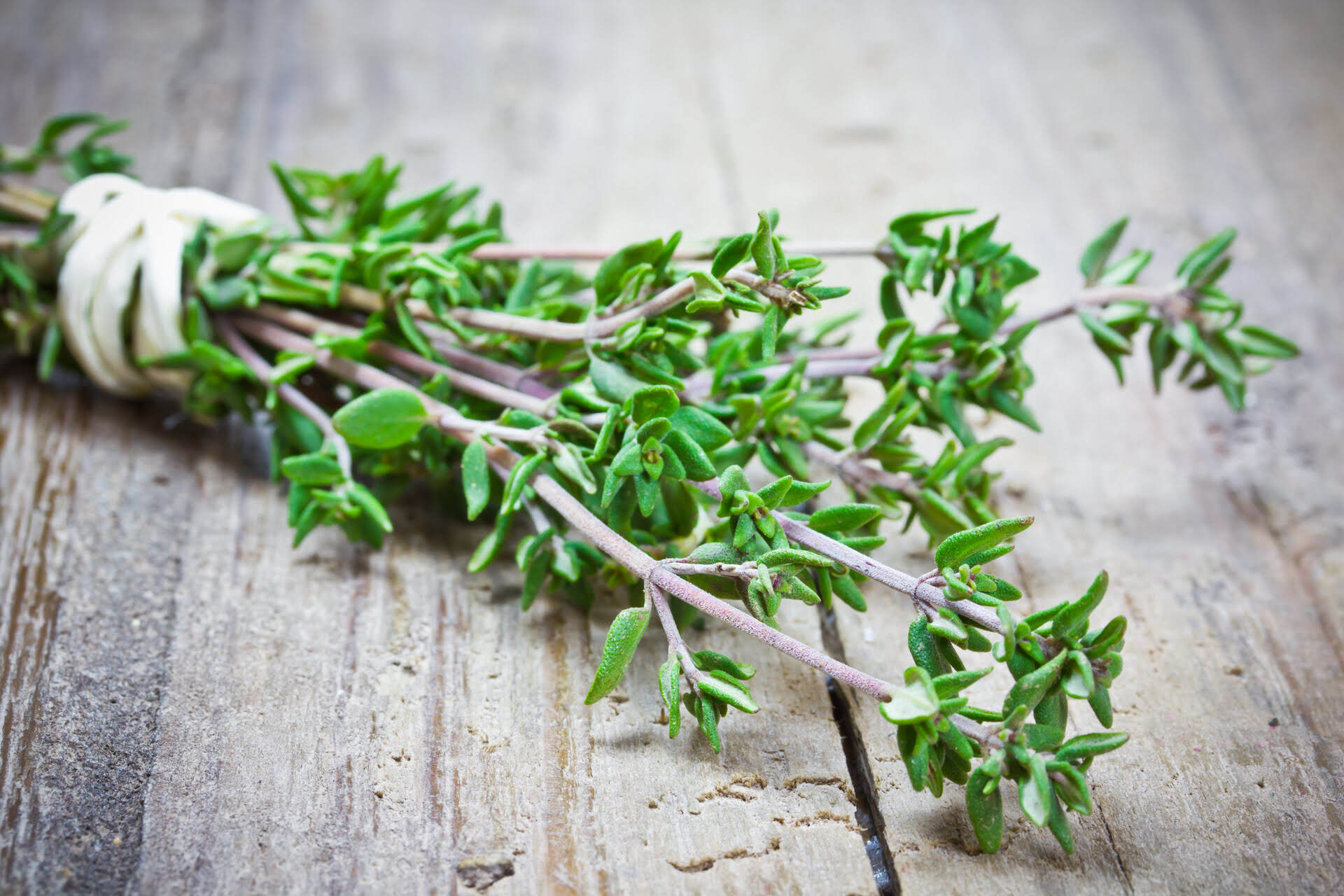
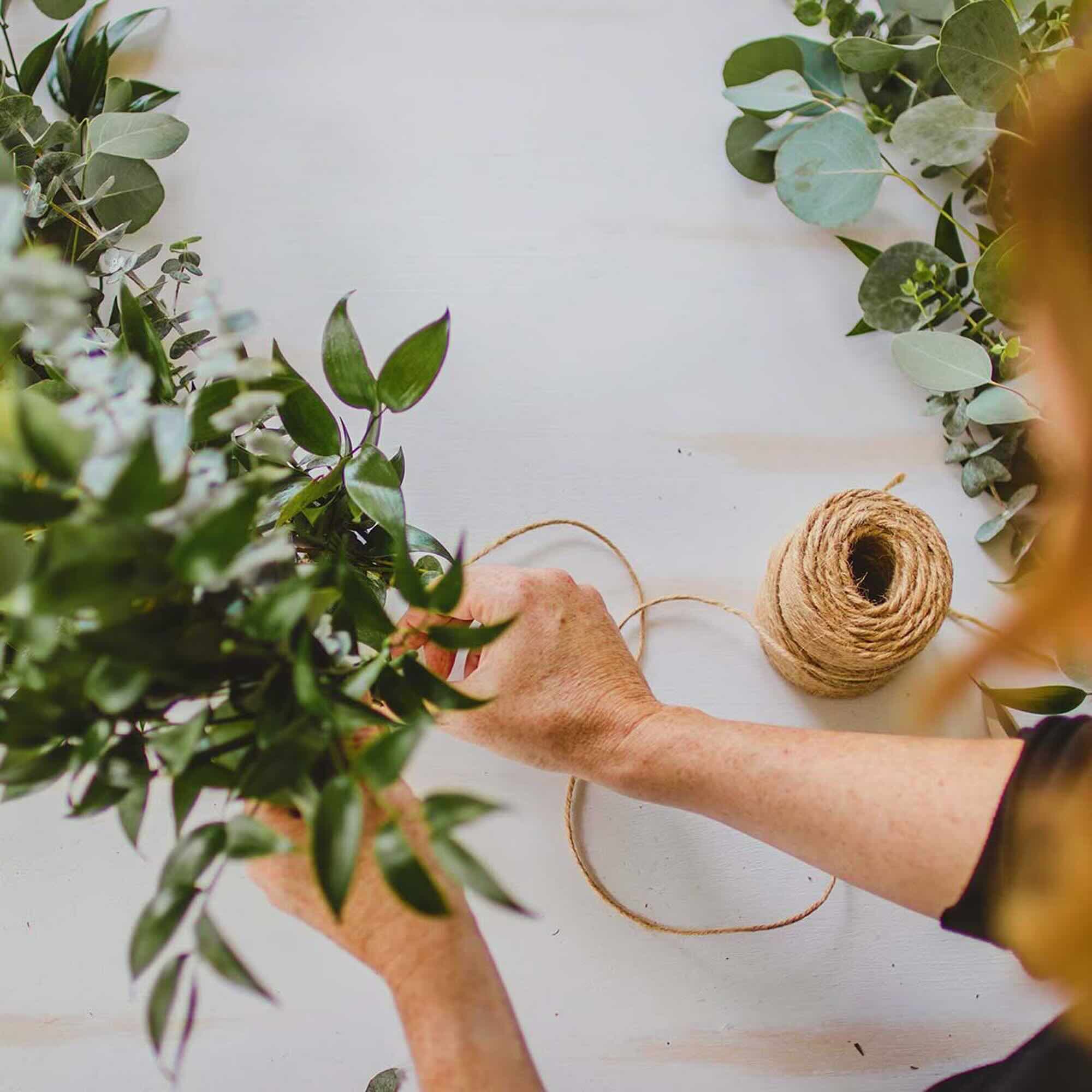
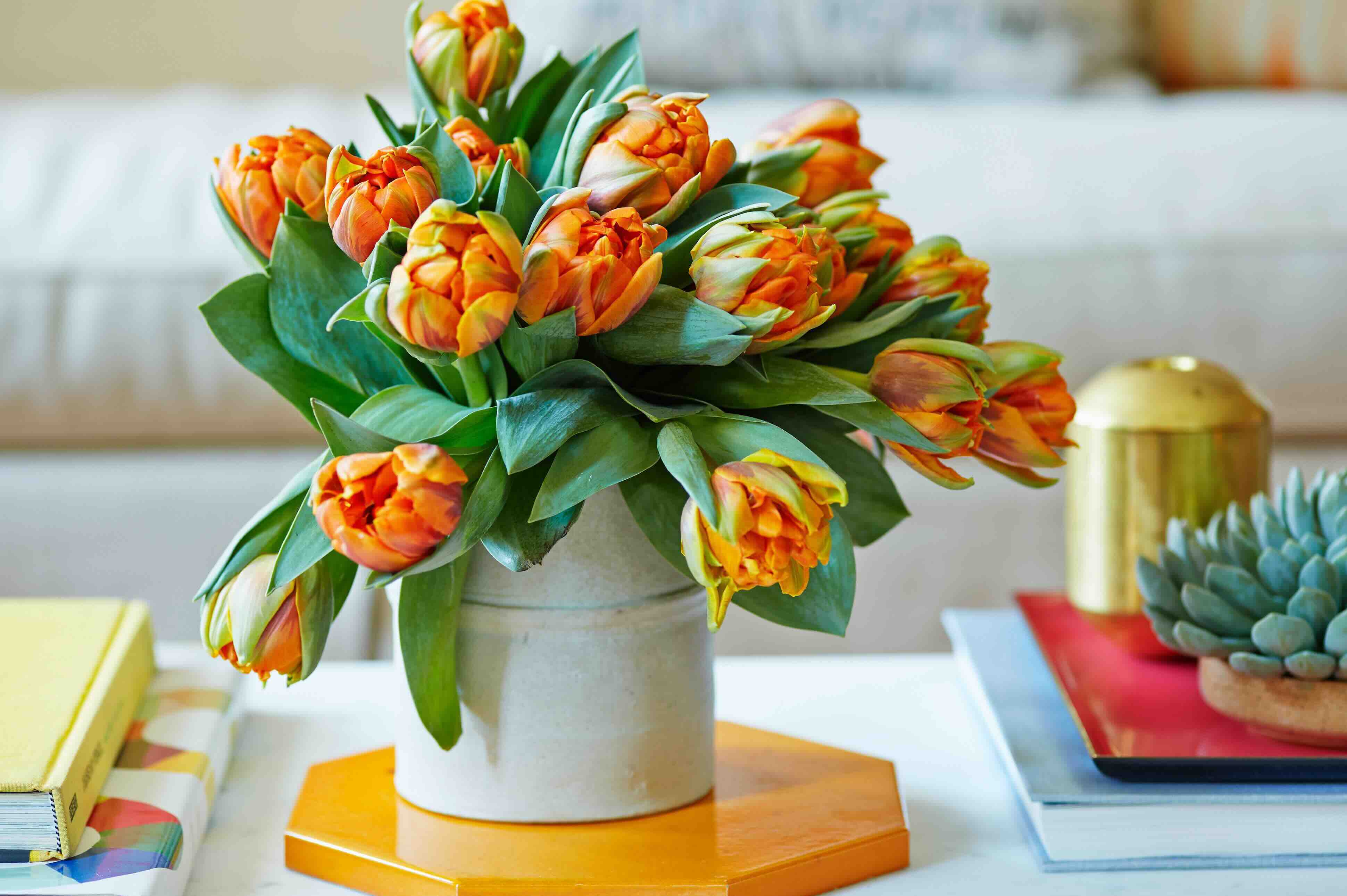
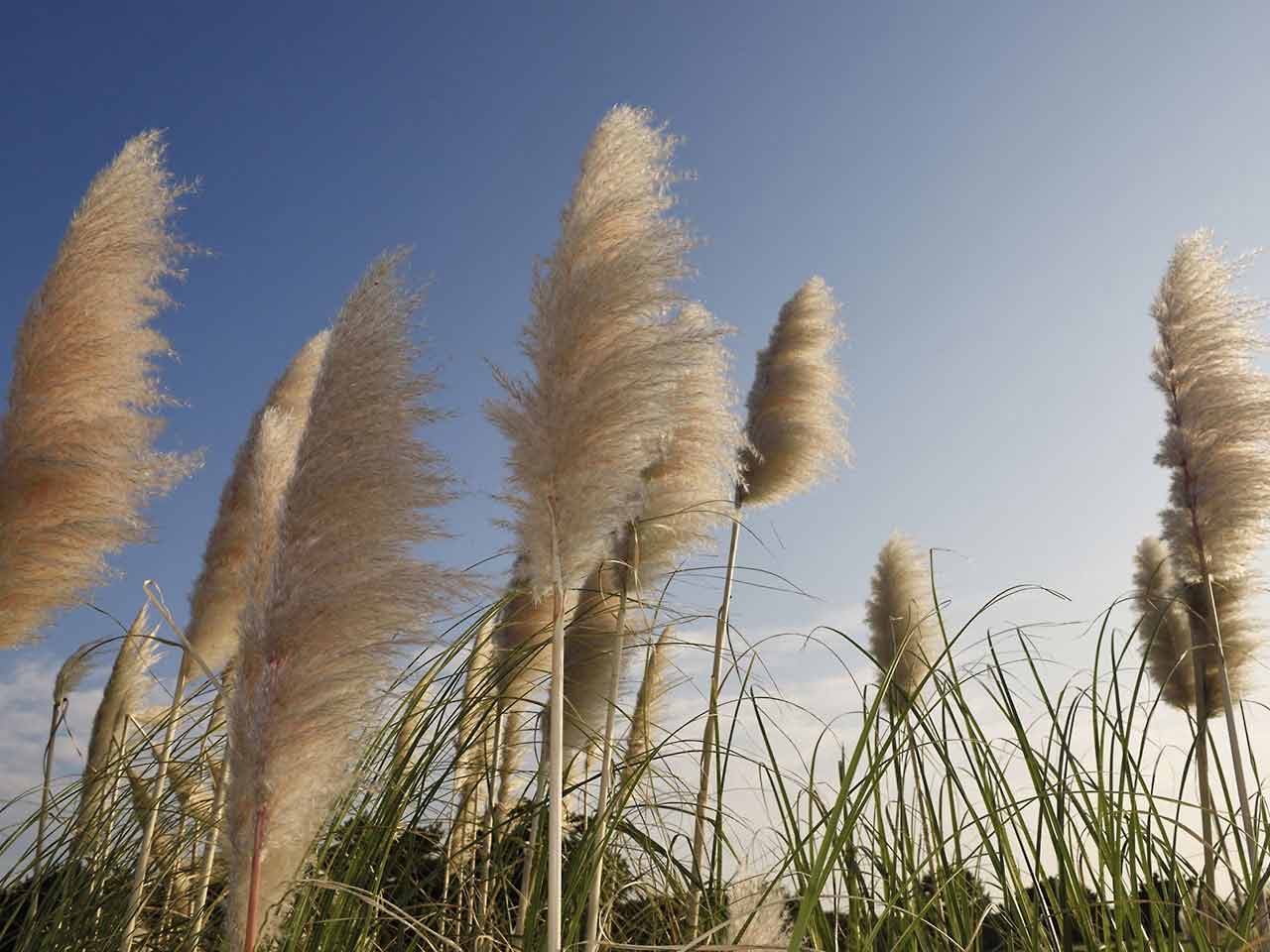
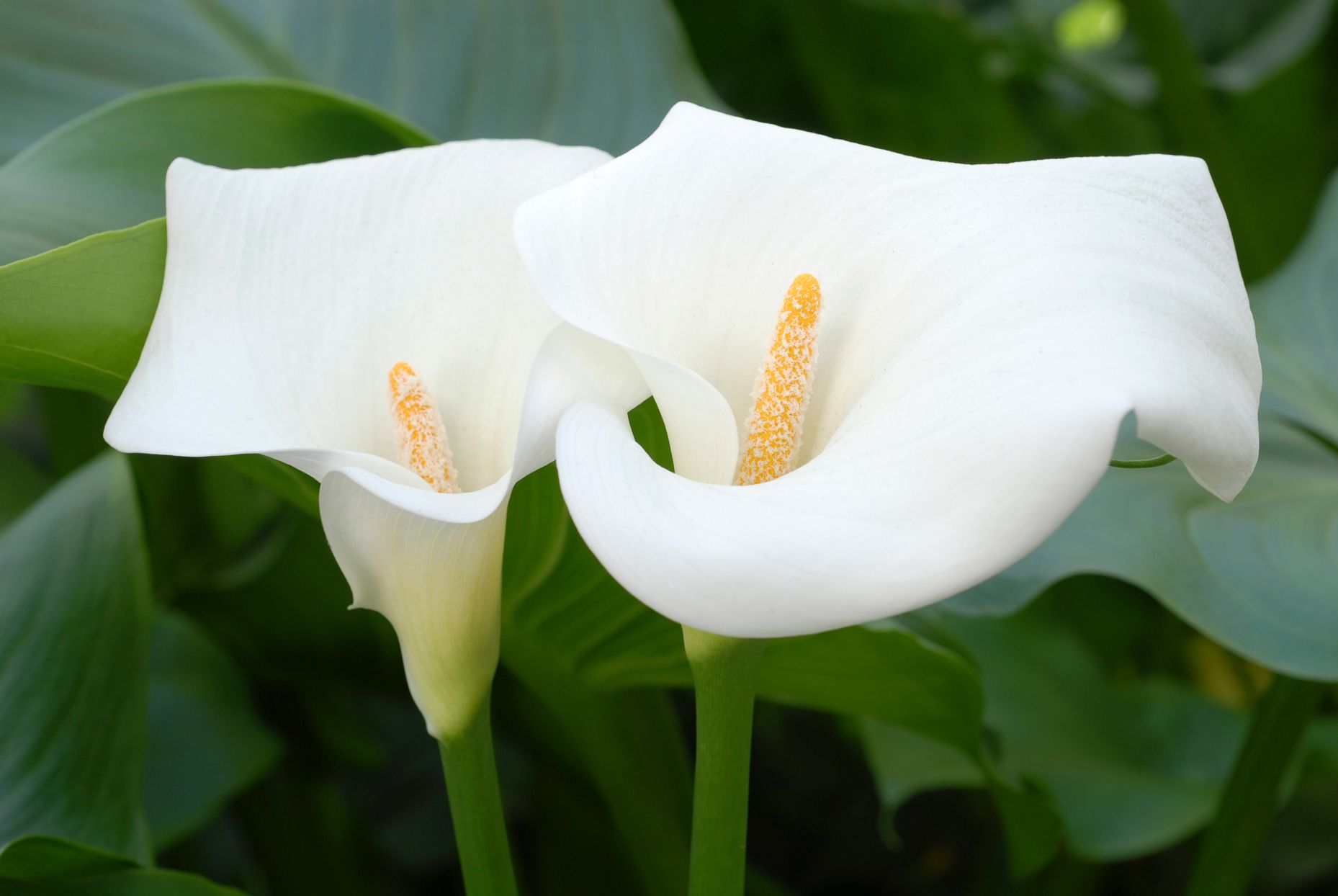


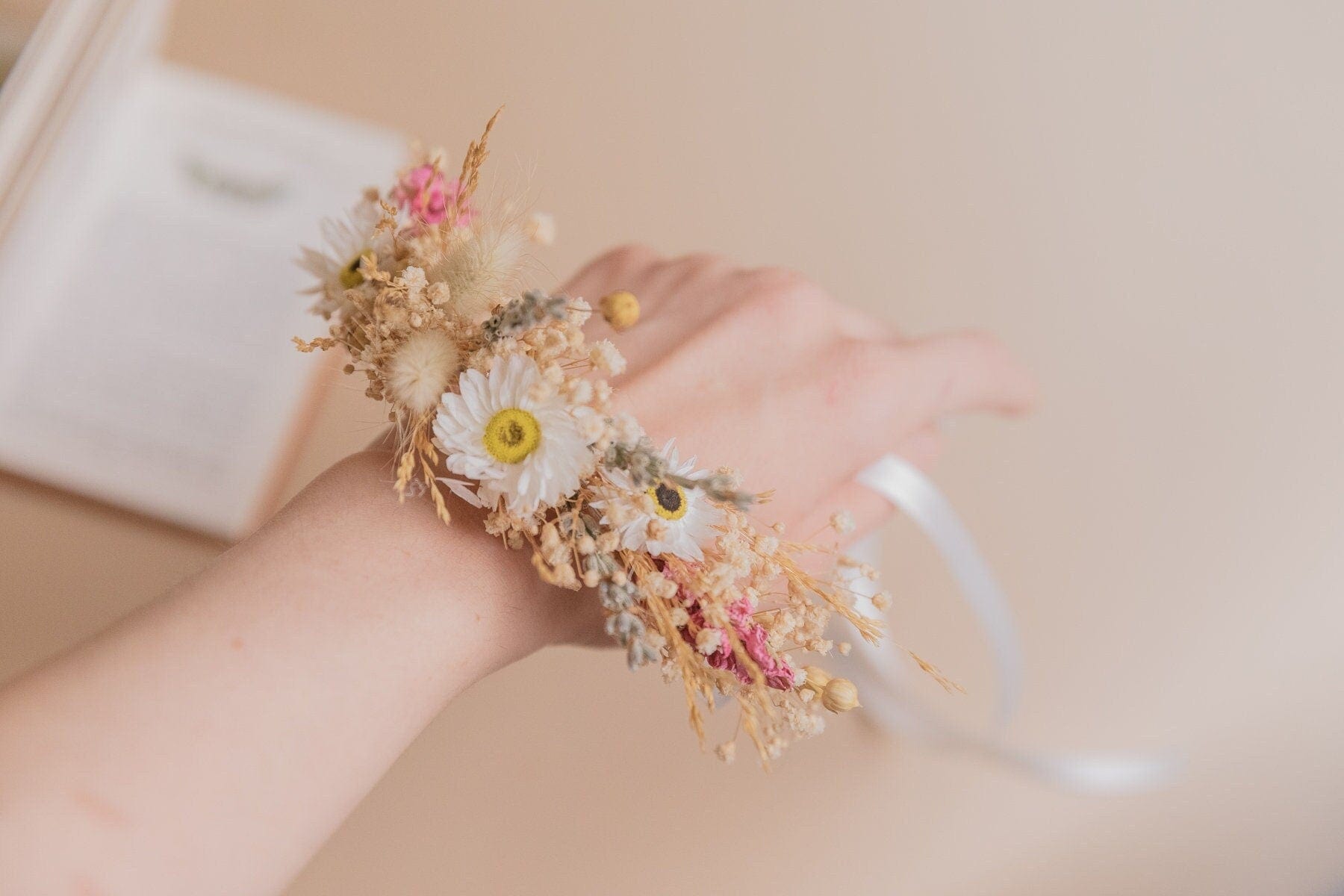
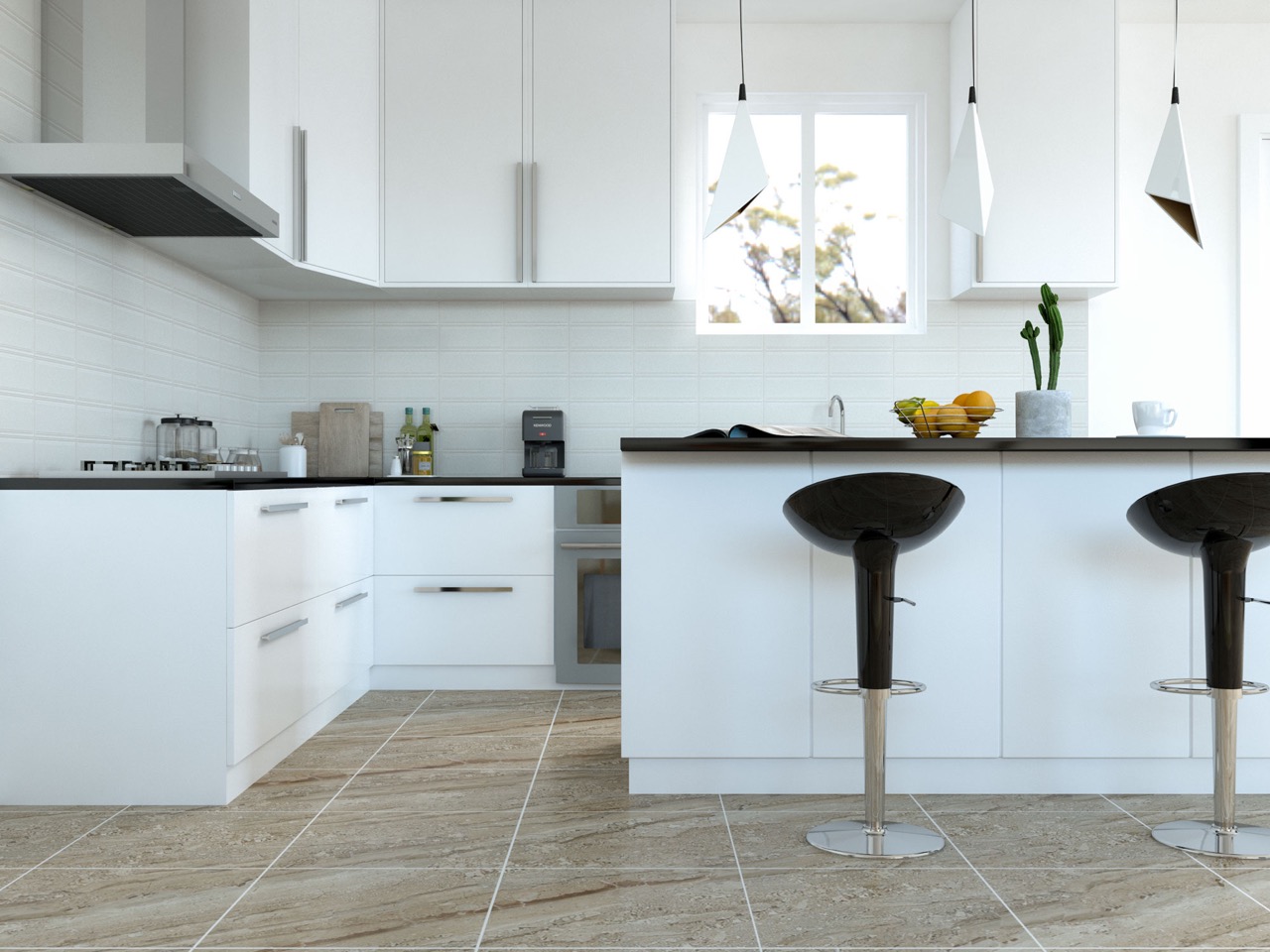

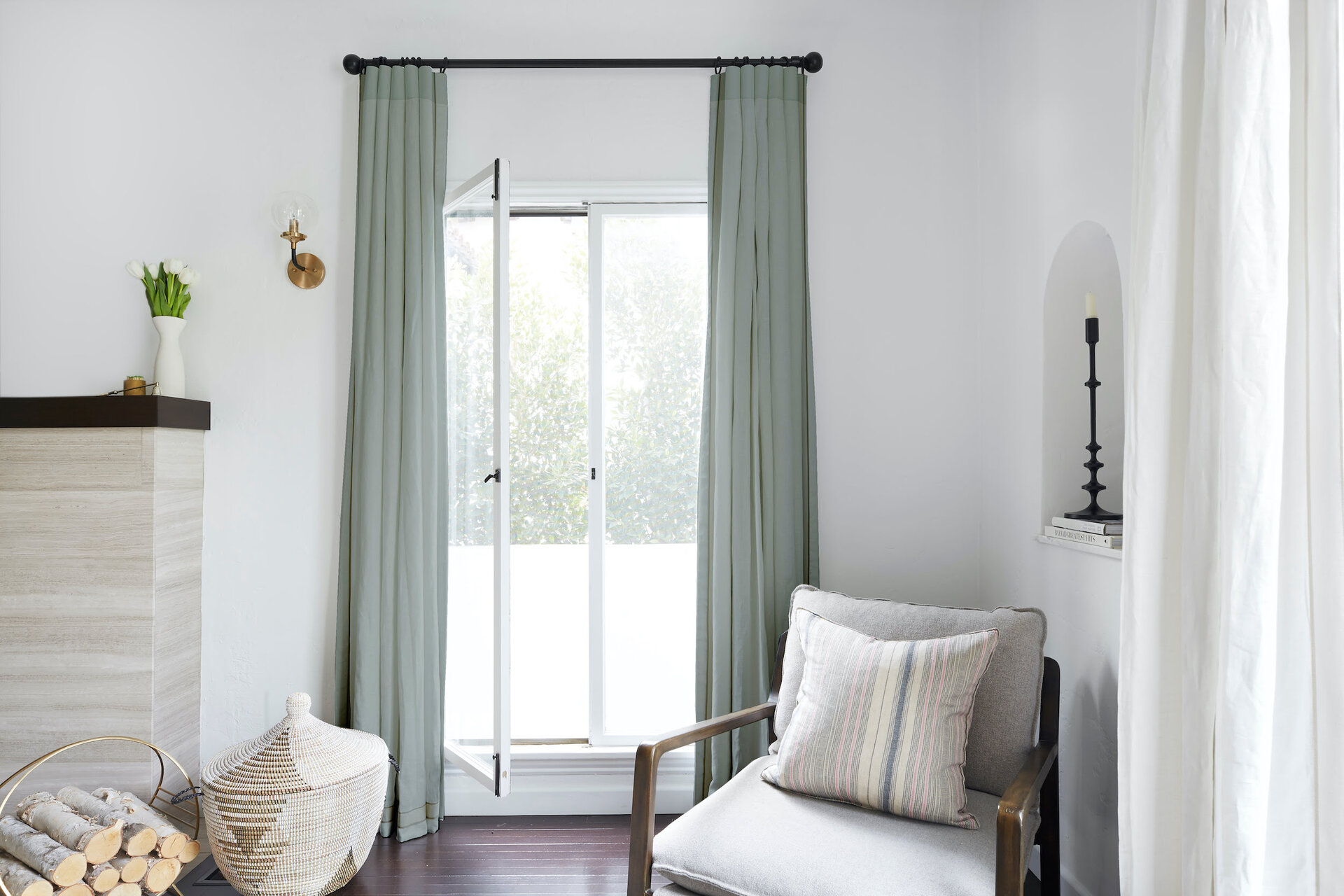

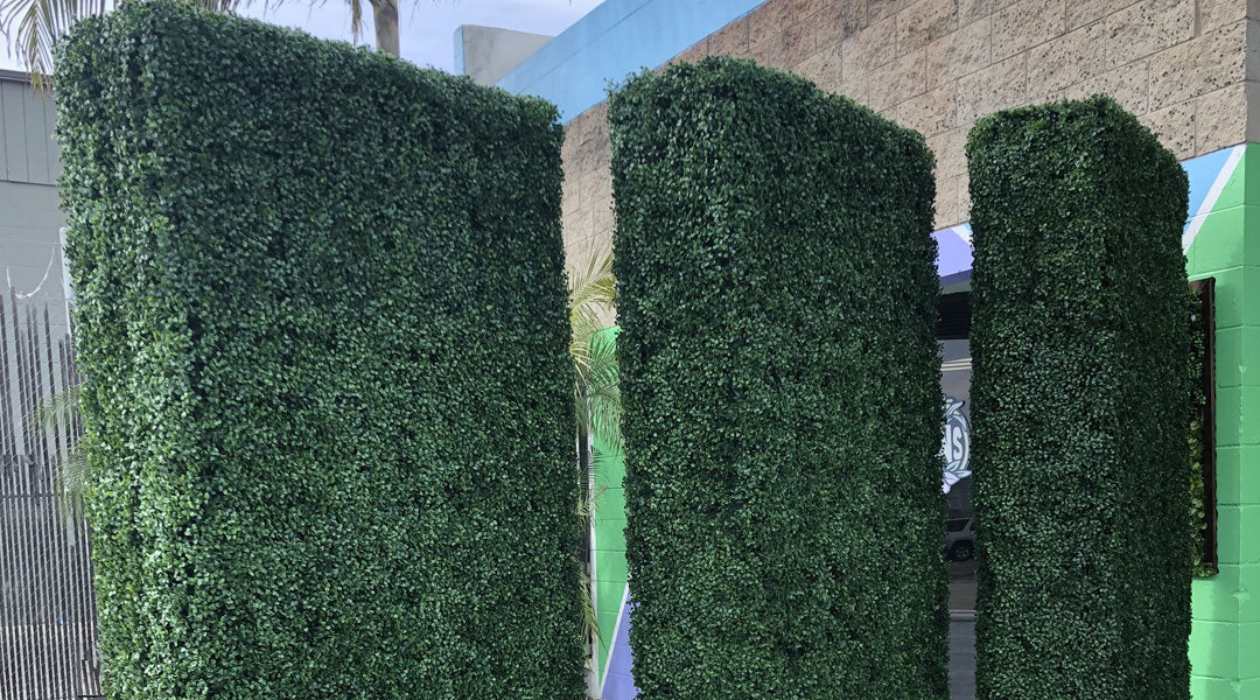
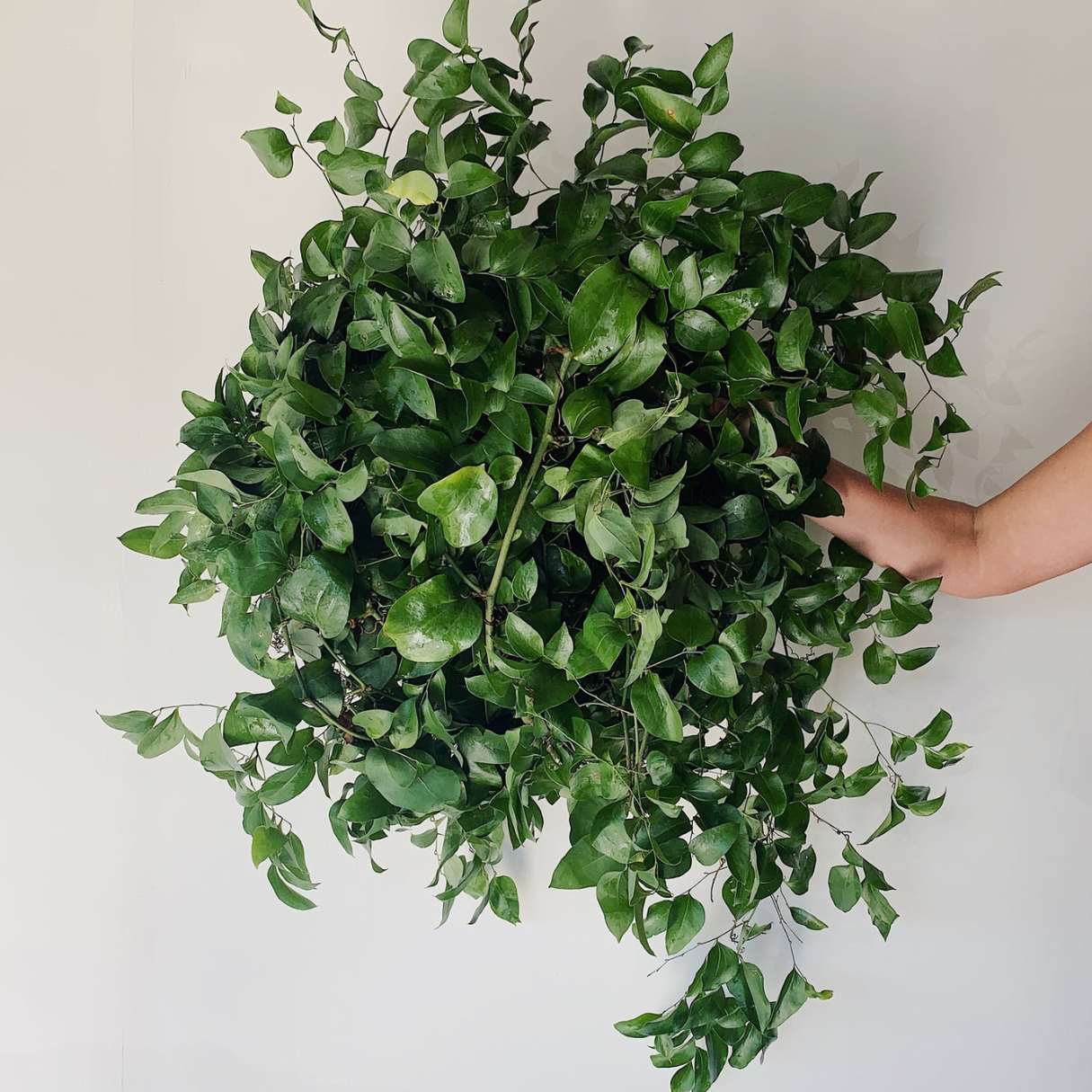

0 thoughts on “What Greenery Goes Well With Baby’s Breath”